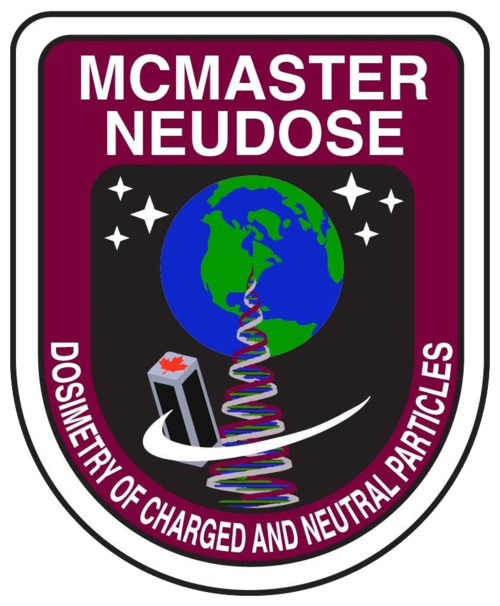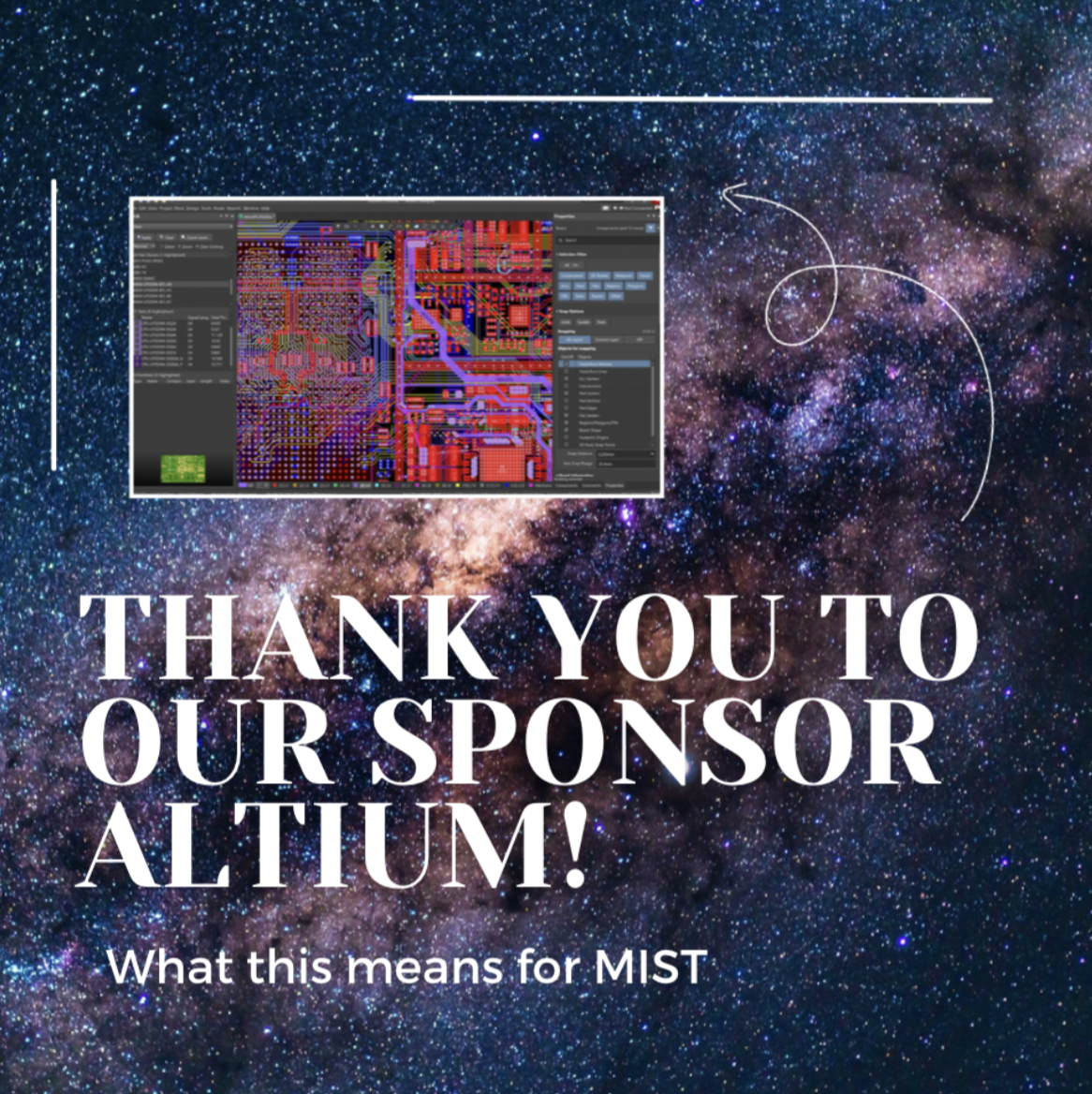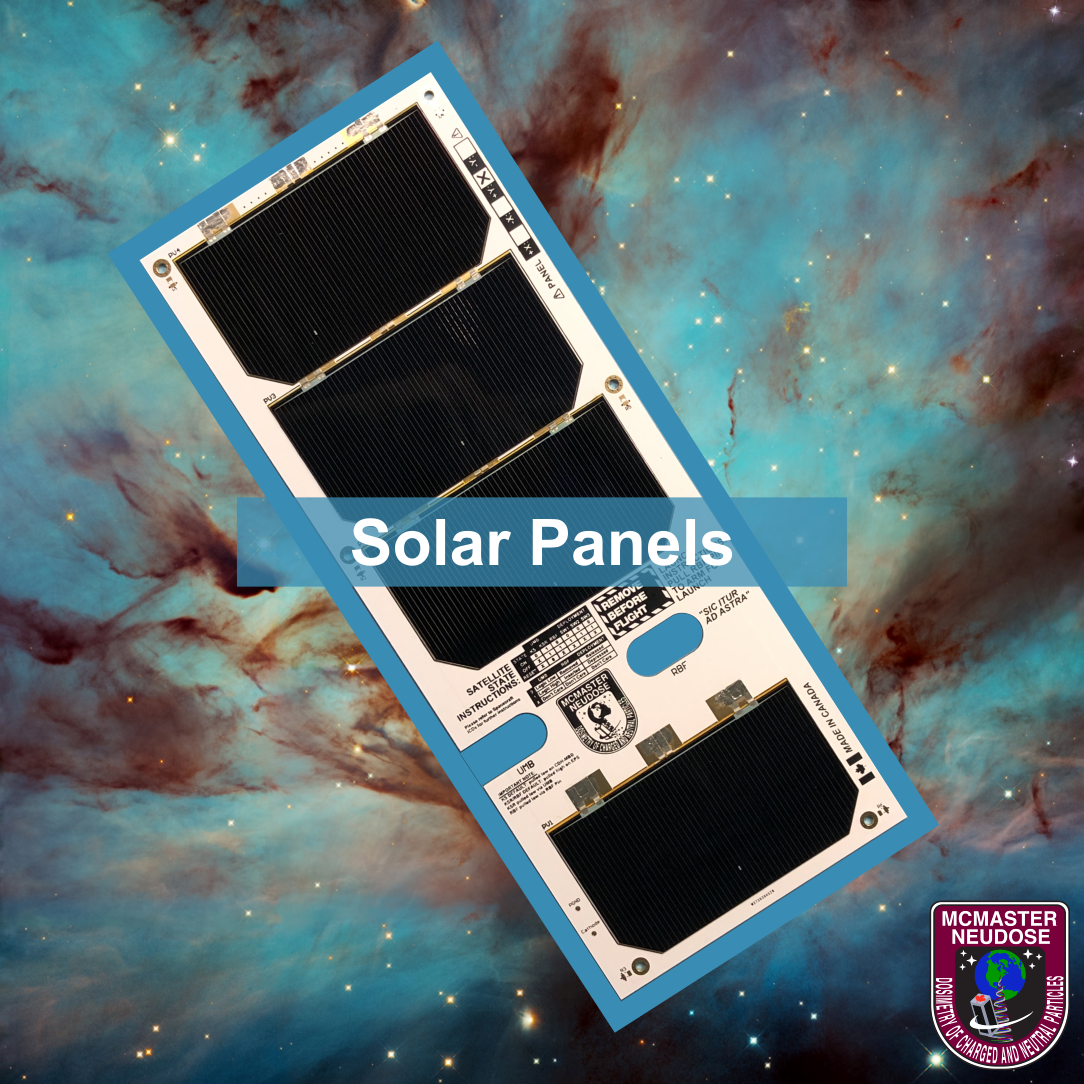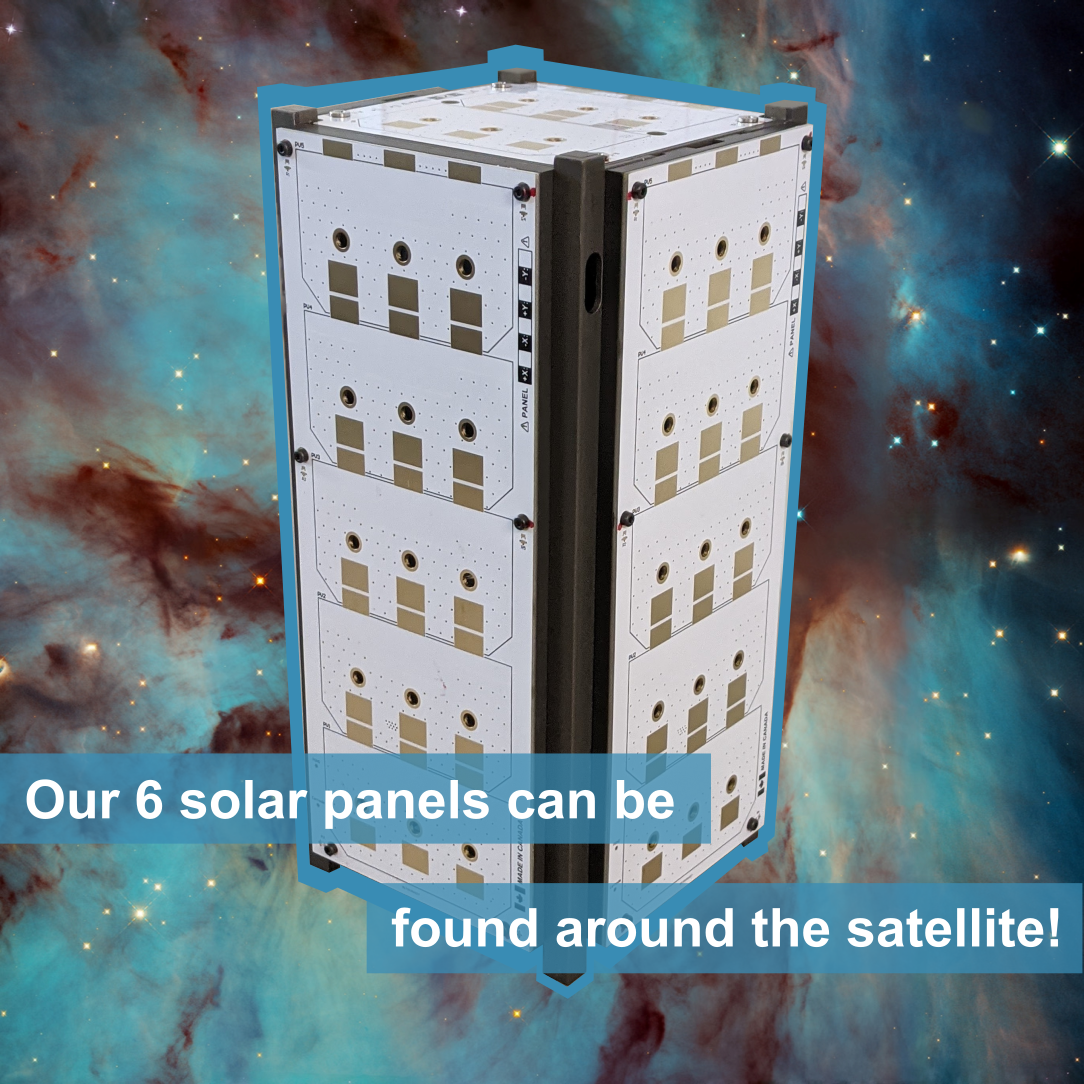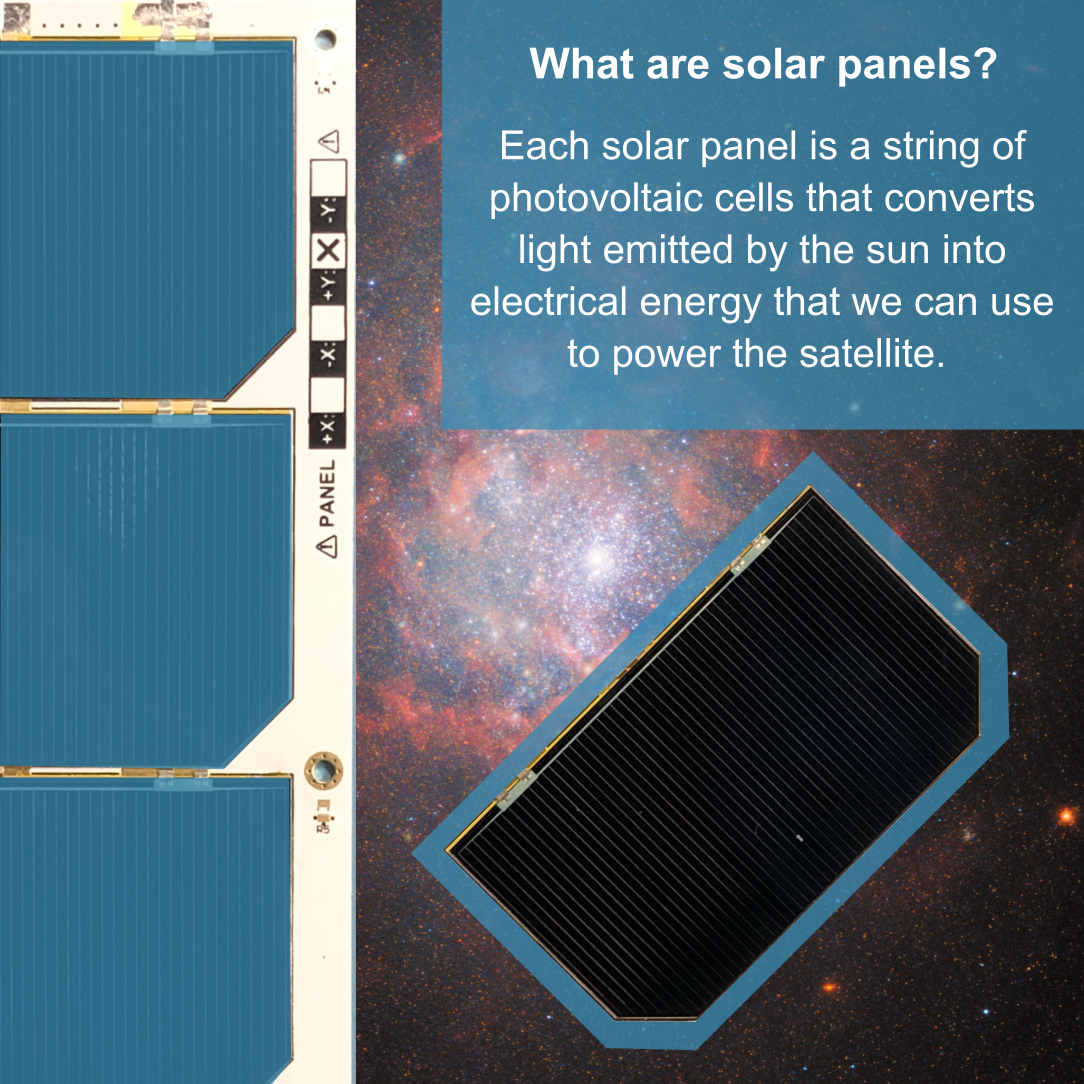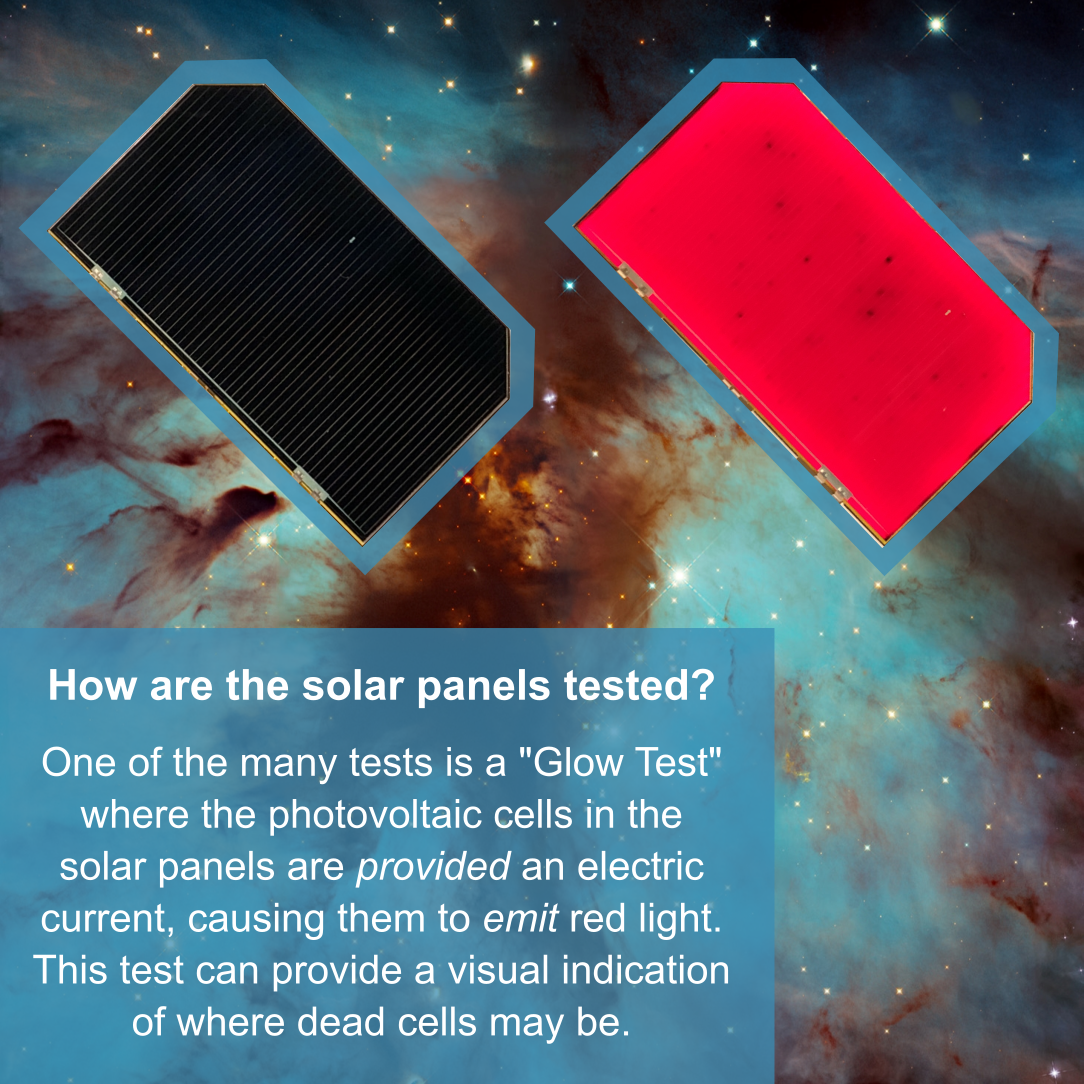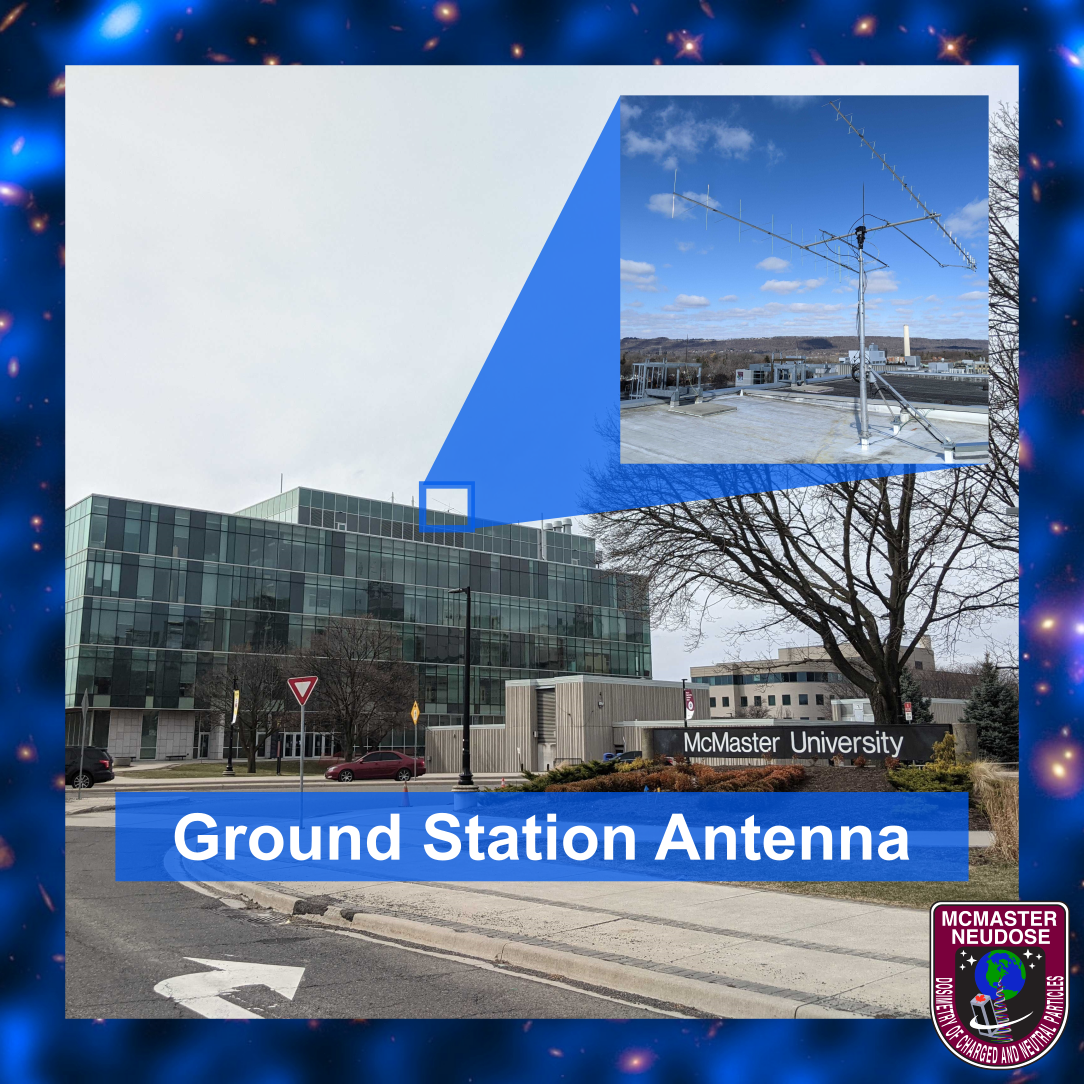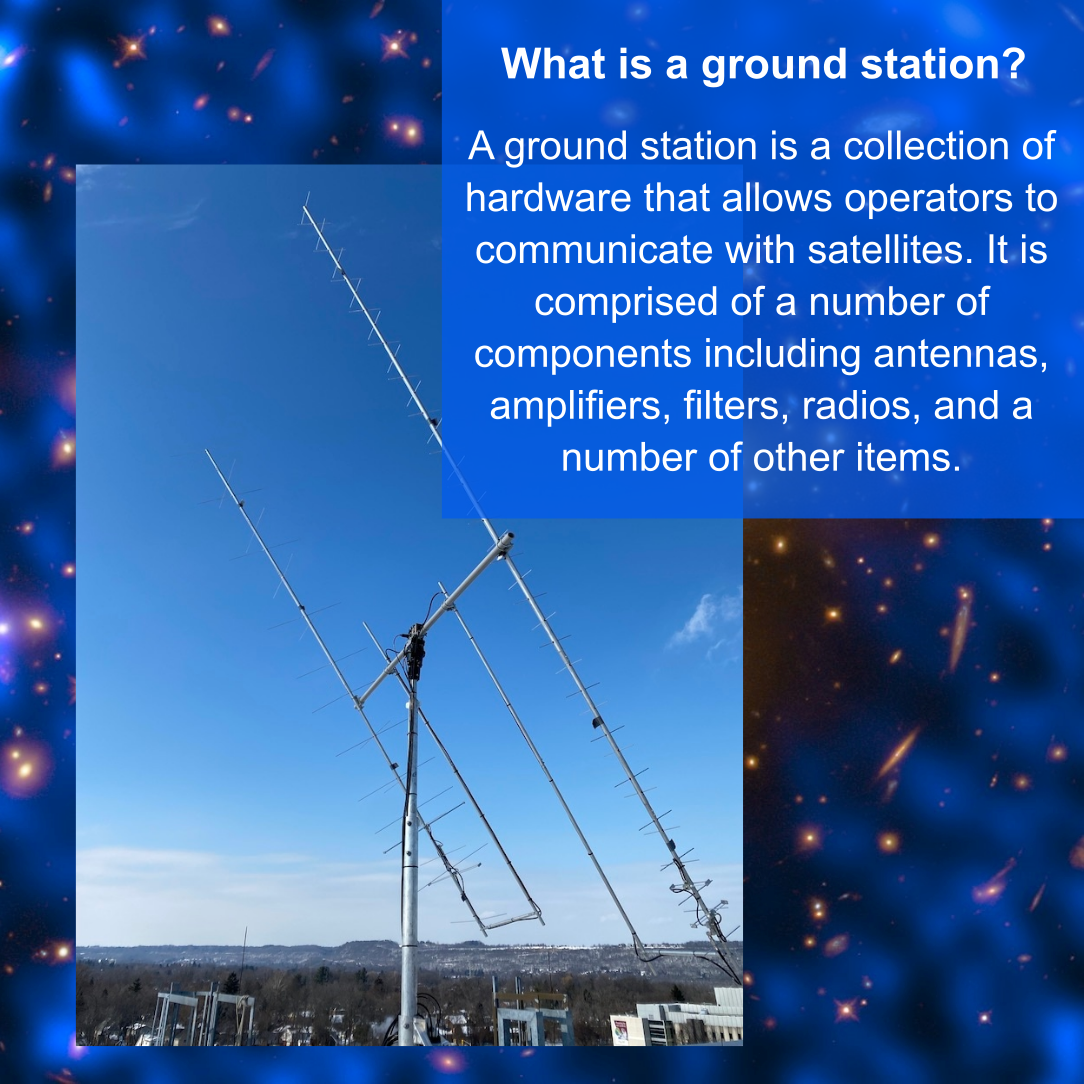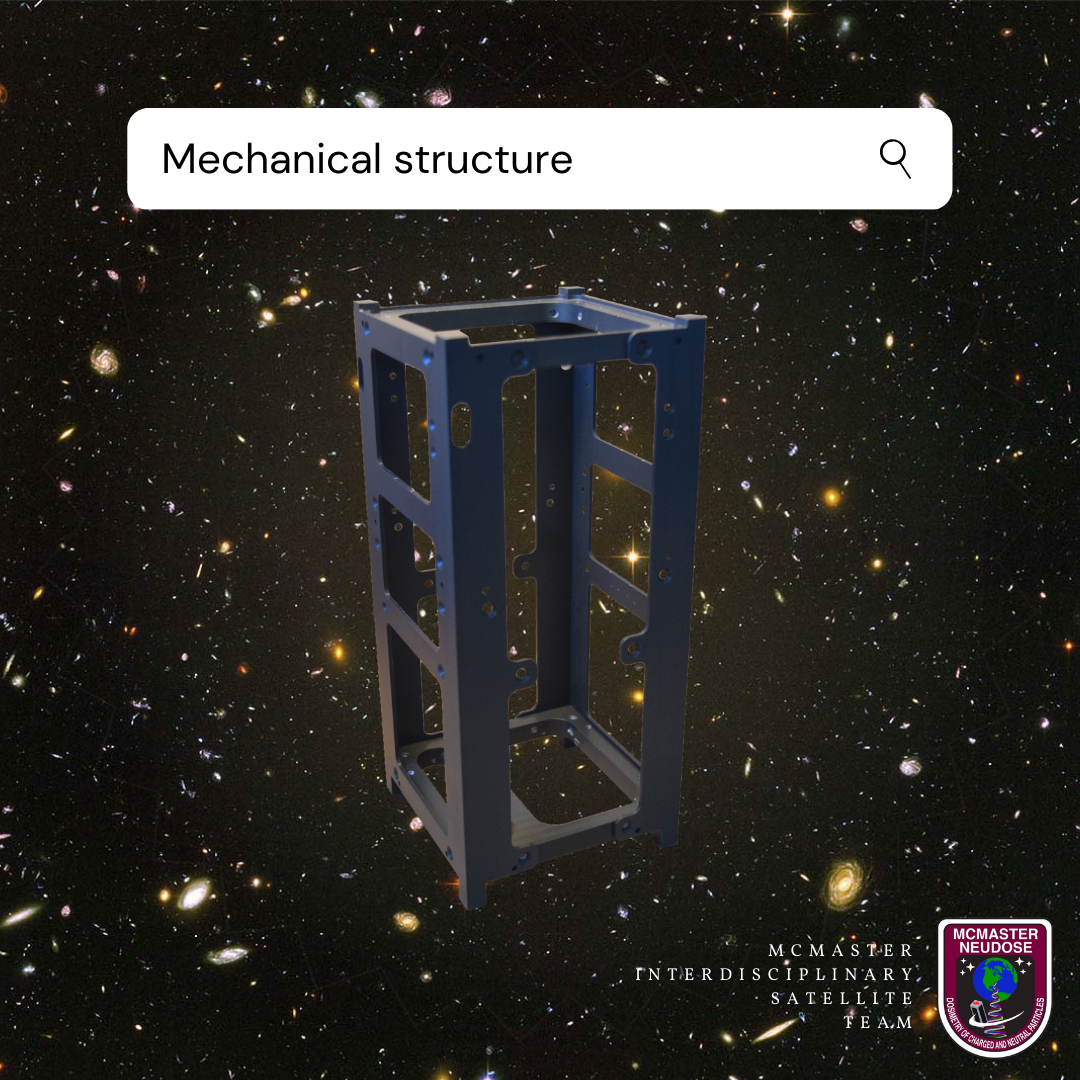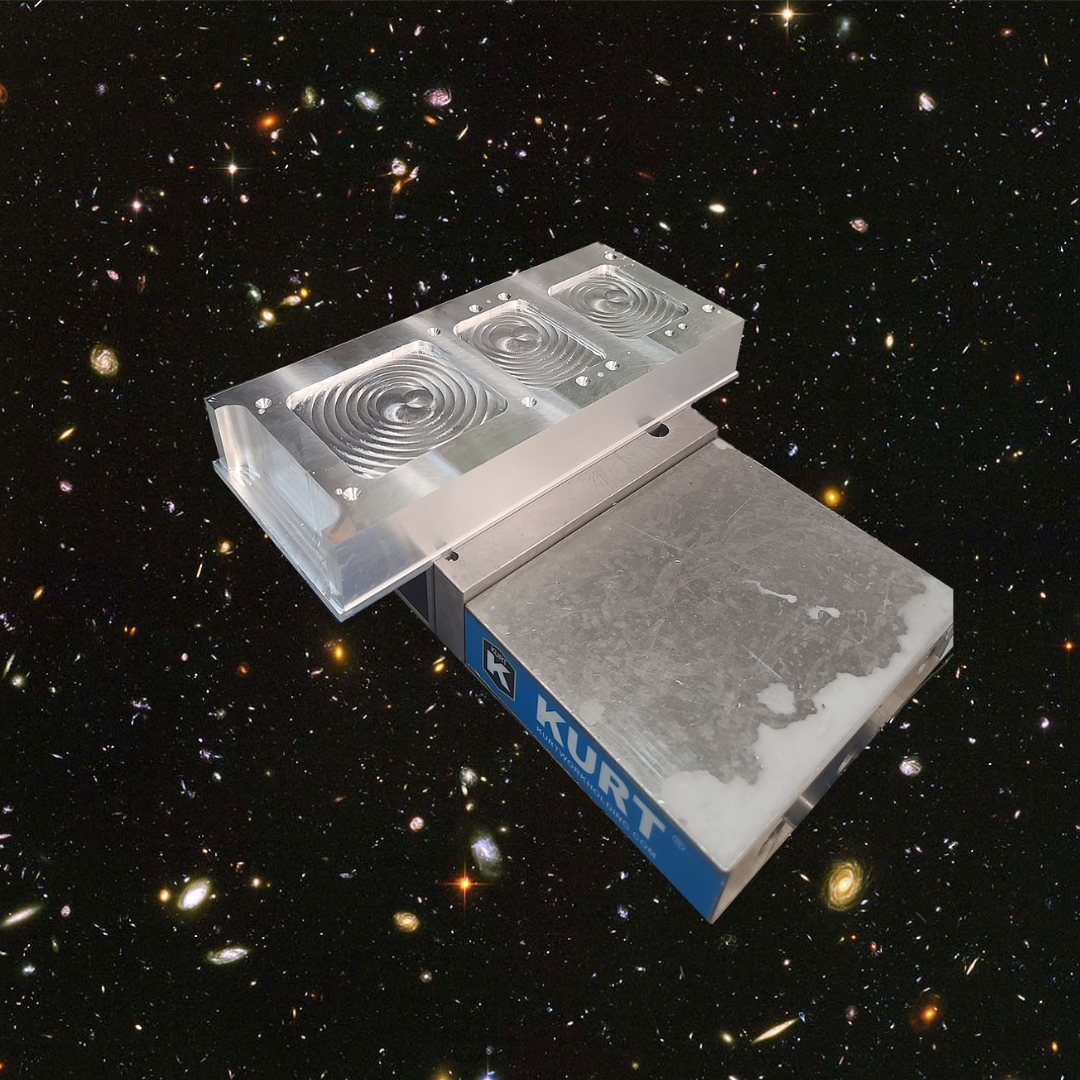What Has MIST Been Up To Over The Summer? Insights From Our Stratospheric Balloon Launch (HASP Program)
The path to developing innovative space technology starts with careful experimentation, stringent testing, and iterative improvements. One important step in this journey for MIST involves stratospheric balloon experiments, which are crucial for validating hardware and the PRESET payloads before it faces the real challenge of the unique environment posed by space. In collaboration with NASA’s High Altitude Student Payload (HASP) in July 2024, our team launched an iteration of the PRESET payload, along with its communications and power system on a stratospheric balloon.
Why Stratospheric Balloon Experiments?
Stratospheric balloons provide a unique and invaluable testing platform for the hardware and payload alike. While not quite space, the stratosphere provides very similar environmental conditions to what is seen in space, making it ideal for preliminary trials. These flights offer a near-vacuum environment where atmospheric pressure approaches zero and temperatures vary significantly, both of which are vital for ensuring that PRESET will be able to withstand extreme conditions.
The Importance of Thermal Vacuum Chamber (TVAC) Testing
One major benefit to collaborating with NASA’s HASP program is that they provided our team with a Thermal Vacuum (TVAC) chamber to conduct our tests while on the stratospheric balloon flight. The purpose of these TVAC tests is to simulate space-like conditions more precisely. TVAC testing incorporates two essential aspects:
Vacuum Aspect: By dropping the pressure to zero, TVAC tests mimic the low-pressure environment of space. This is especially significant for identifying potential outgassing issues in materials, where trapped air within materials could escape, potentially compromising the structure or functionality of the payload.
Thermal Aspect: TVAC allows for testing across various thermal cycles, representing the extreme temperature ranges a payload may encounter on its way to space, and at the ISS. These cycles are critical for detecting vulnerabilities, such as materials that might overheat, melt, or exhibit inconsistent performance at different temperatures. This testing also provides an opportunity to evaluate our thermal mitigation strategies. For example, since some of our electronics generate significant heat, we use thermal straps to redistribute that heat to other parts of the satellite, ensuring more balanced thermal performance and system stability.
Key Goals and Observations
The primary aim of our PRESET balloon flight was to evaluate two key areas of the payload through these TVAC tests on board the stratospheric balloon flight:
Communications System: Maintaining seamless communication with a payload during its flight is crucial. This test provided real-time insights into our system’s reliability. While the communication setup was shown to be functional, we identified some areas that could be fine-tuned to enhance its performance for the real launch.
Environmental Conditions: The flight helped us understand how the payload would react under conditions similar to those it would encounter beyond Earth's atmosphere, including pressure changes and temperature fluctuations.
Looking Ahead
Each test serves as a stepping stone, providing essential data to optimize our payloads as we approach launch day. As we continue to fine-tune the communications system and confirm the thermal and material choice for PRESET, we approach space-mission readiness.
